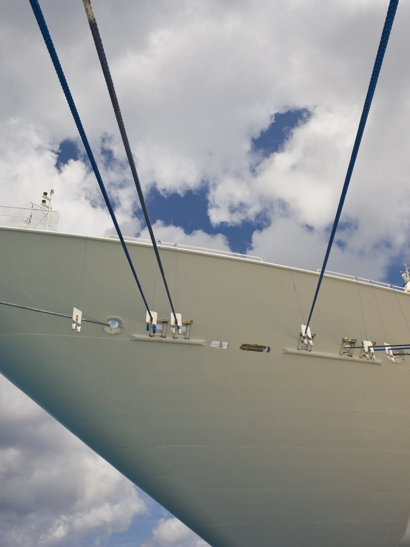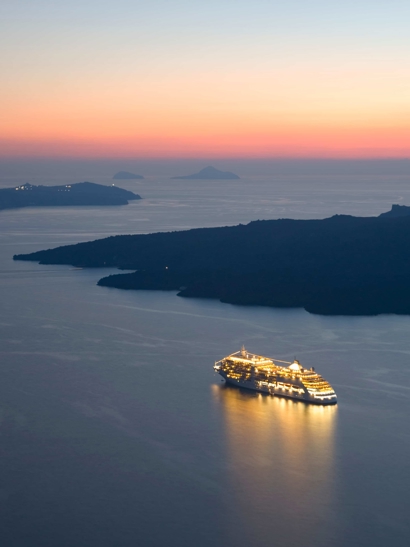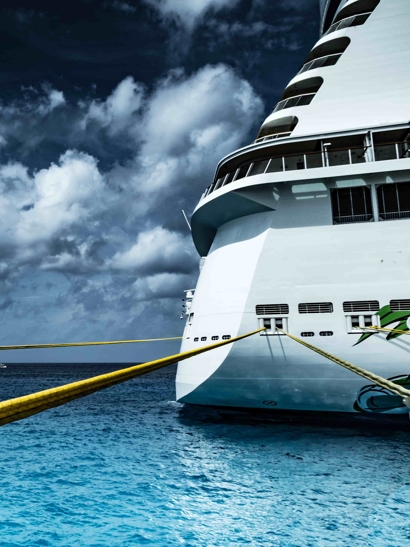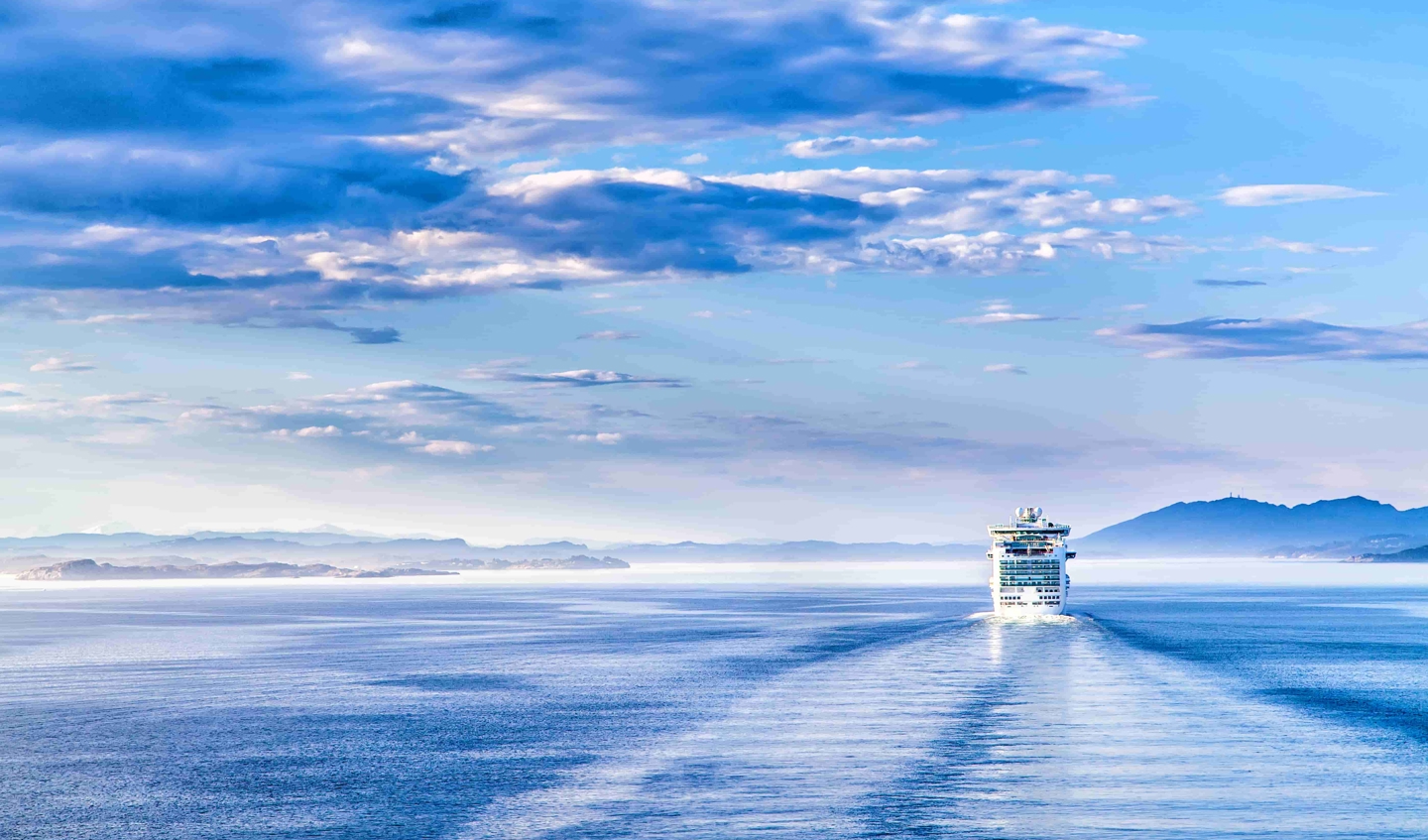The $134 billion global cruise industry returns to business this summer with new passenger vessel emissions and energy efficiency compliance targets to meet alongside new testing and vaccination protocols, and advanced ventilation, cleaning and sanitation plans.
Industry body Cruise Lines International Association (CLIA) expects some 272 of its members’ passenger ships to be operating worldwide in 2022 with volumes at 95% of 2019’s 30 million passengers.
Some 90% of ocean-going capacity had returned to service by the end of the second quarter of 2022, with CLIA projecting nearly 100% by August. Baseline forecasts are for passenger numbers to exceed 2019 volumes by 2023. Those numbers reflect the gradual return to business over 2021 and 2022 as ships were reactivated from warm lay-ups which saw lines incur billions of dollars in losses. Lay-up costs per vessel were reported to exceed $1 million per month.

Post-pandemic, passenger cruise ships must also meet fresh decarbonisation technical measures by 2023, part of incoming international rules for all vessels including bulk carriers, tankers, and container ships. CLIA has also committed members to net-zero carbon emissions by 2050 and to make zero-emissions fuels the default choice by 2030. That’s above the International Maritime Organisation’s goal to reduce ships’ carbon intensity by 40% by 2030 and halve greenhouse gas emissions by 2050. That doesn’t mean it will be easy.
“The average life expectancy of a cruise ship is a lot higher than merchant navy ships,” says Miami-based Joep Bollerman, Vice President Passenger Ships for Lloyd’s Register.
“Many of these ships are around 20 years old and now they're supposed to meet new regulations that weren't even envisioned 20 years ago when they were launched, or 25 years ago when they were designed.
“One of the compliance solutions is to scrap the ship and replace it with something new which would have been a challenging concept even before COVID. A lot of these regulations were already in the works before the pandemic, but response from the cruise industry is hampered by the slow return to profit.
Shipbuilding costs for cruise ships can be ten times more than the largest, most sophisticated tankers, gas carriers or dry bulk carriers. Designs focus on passengers, limiting space for emissions-related equipment. There’s often a single engine deck along the entire length of the ship much lower down. Shoreside power connectivity to improve air quality requires investment by ports, not just vessel owners.
By 2027, CLIA projects that 26 cruise ships will be powered by liquefied natural gas, 81% of global capacity will be fitted with Advanced Wastewater Treatment Systems and 174 will have shoreside power connectivity.
The cruise sector was among the first to order LNG-powered vessels, which reduce C02 emissions by as much as 20% depending on engine type. LR classed some of the first, LNG dual-fuelled smaller ferries and passenger vessels, which provided a transition pathway for these larger cruise ships.
“The ferries are a playground for new technology because they are on short trips and have the best opportunity to figure out what works best,” according to Bollerman. “We see many trials of different fuel solutions. Smaller cruise ships are also testing a combination of batteries, fuel cells and LNG.”
“At LR we believe it is critical to encourage first movers as we did with LNG as a marine fuel on vessels such as Viking Grace which entered daily operations on LNG in 2013 and Stena Germanica which entered service as a conversion to methanol in 2016,” Bollerman added.
For now, the global fleet, including passenger ships, must meet new operational measures on carbon efficiency and emissions contained in Carbon Intensity Indicator (CII) and Energy Efficiency Index for Existing Ships, known as EEXI. The CII begins in 2023 and measures ships’ energy efficiency in grams of carbon dioxide emitted per cargo-carrying capacity and nautical mile. The EEXI is based loosely around a similar newbuilding design index introduced by the IMO in 2013 and calculates carbon emissions based on service speed, design speed and deadweight tonnage.

Guidelines approved at the IMO’s Marine Environment Protection Committee (MEPC) meeting in June did not incorporate adjustments to time-in-port and other voyage factors for passenger ships’ carbon intensity indicators. The intent was that the CII guidelines would ensure cruise ships would not be penalised for spending longer times at berth or different sailing patterns compared to the longer voyages for dry bulk, containers and ships carrying energy commodities. However, there is still an opportunity for revised proposals to be submitted to and agreed by MEPC before 1 January 2026.
Unlike other vessel types, cruise ships visit ports more frequently, sailing speeds vary and voyage patterns provide passengers with lengthier times ashore at the places they call. The CII rates vessels from A to E. Other vessel types can slow sailing speeds to reduce emissions, known as engine power limitation, an option infrequently available to passenger ships because of their cruising schedules.
Classification societies verify vessels’ mandatory data collection emissions reports and Ship Energy Efficiency Management Plans on behalf of flag states. An “E” rating, or “D” rating for three consecutive years, requires a corrective plan. Draft interim guidelines for correction factors and voyage adjustments for CII calculations for cruise passenger ships are expected to balance out the longer times at berth.
The cruise sector is also focusing on so-called ‘cold ironing’, which sees ships use shoreside power while at port and effectively switch off their main and auxiliary engines. “That's one of the smartest things a cruise line can do,” says Bollerman who also helps clients evaluate maintenance regimes to be more efficient.
“Most cruise lines put that in their specifications when building a vessel and there’s an option to retrofit the older ships to the cold ironing connections. The best way to do this is to get an actual class notation relating to that onshore connection because that facilitates a much easier process in getting approval from the port facilities to use this option.” Many large cruise ports provide shoreside connections, but not at all berths, so demand outpaces what is provided.

One of the last barriers to cruising as normal was removed in June. The US Centers for Disease Control no longer requires COVID testing for international travellers. That’s a significant event; just over half of all cruises depart from north America and the Caribbean is the top destination with nearly 44% of ships calling there.
But some of the lessons learned from COVID remain. Remote surveys and maintenance – when possible and appropriate – are another positive for the environment cutting emissions on travel. And with passenger health and safety expectations higher than ever, vessels have improved ventilation, cleaning and sanitation protocols.







